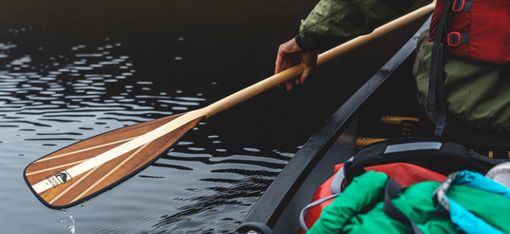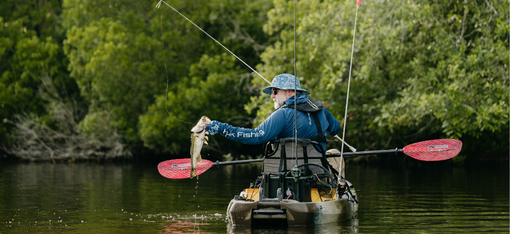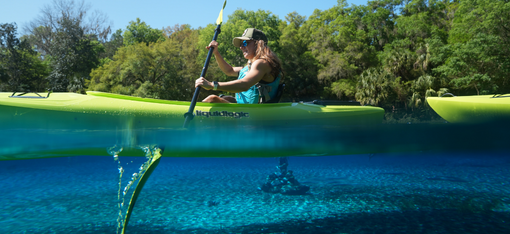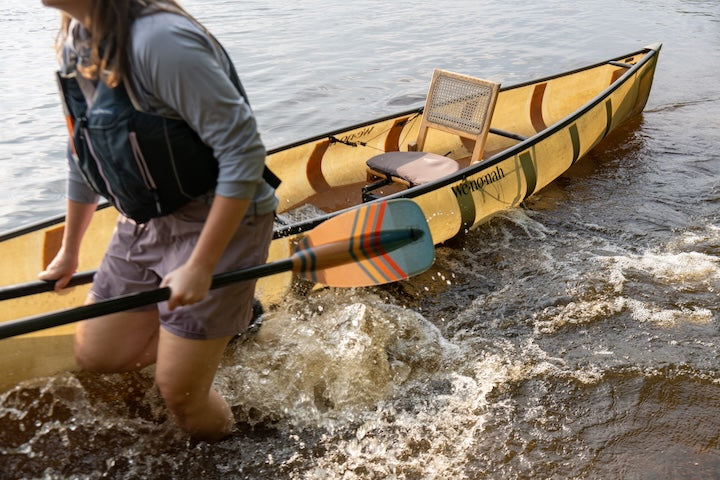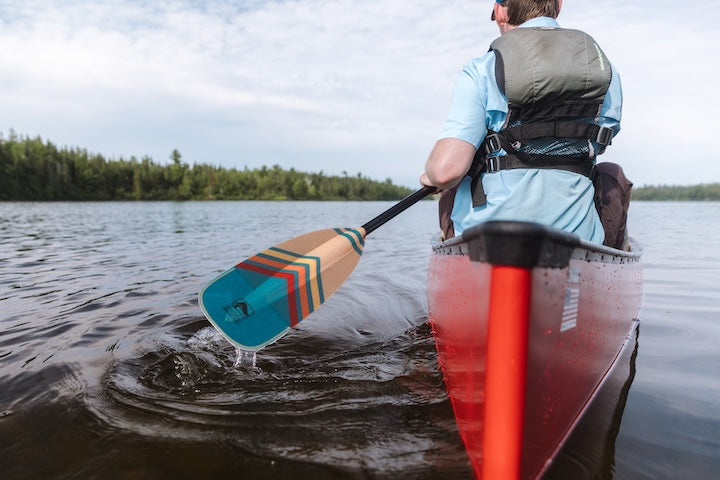Four Essential Kayak Fishing Factors

While it sometimes appears to be complicated, bass fishing can be distilled down to a few key factors that can lead to more consistent success. You’ll be surprised at the simplicity, no high tech concepts, just a common sense application of the most important aspects of finding and fooling fish. Apply these four approaches and you’re sure to set the hook on more bass.
- Casting accuracy – For years I have amused and amazed the attendees of boat shows with a casting demonstration where I cast a hookless jig into a cup 30 feet away. While people marvel at the accuracy, for the most part putting a lure into a tiny target zone means very little in catching fish. That being said being accurate is important at times when you are faced with specific situations. Standing or sitting, your casting should be as accurate as possible. Pitching to boat docks and sending a lure six to ten feet deep under these structures is a great way to catch bass. A small hole in a grass bed that begs for a plastics worm may only be presented with a pin-point cast; overhanging trees are a good hideout for fish and requires a skipping or pitching presentation. The strike zone of fish will be expanded or shrunk at times. Very cold or hot water creates a lazy, small strike zone; muddy water can do the same.
- Locating fish –I firmly believe it’s not hard to catch fish; it’s harder to find fish. Essentially there are two ways to locate fish, electronically or with common sense. The electronic approach requires understanding of complex equipment. You have the advantage of a view of bottom structure, water temperatures, the presence of bait and fish. Not opposed to technology, a good combination is the coupling of technology and common sense. An intimate understanding of the habits and habitat of the fish likes / dislikes of the species you target as well as seasonal migrations and forge preferences. Most gamefish have four specific needs, oxygen, food sources, cover and deep water close by. Understand the fish, know your electronics, and find a compacted area that serves these needs and you will find fish.
- Balanced Tackle Choices- The ying and yang (balance) of fishing is no more evident than in the equipment used by the angler. Rod, reel, line and bait must work in concert. You can’t throw a one ounce spinnerbait on an ultra-light rod. It is also impossible to cast a 1/64 ounce panfish jig on a heavy action baitcasting rig. The point is having an entire set up that is completely balanced tilts the odds in the favor of the fisherman. The castability, performance of the lure, hook set and the ability to play the fish are all predicated on the correct balance of everything from the lure tied on all the way back to the butt section of the rod, working all together to achieve the goal of luring and landing fish. Light line allows for increased action from cranking type baits, heavier line can help control the fall of soft plastics and jigs, a longer rod allows for longer casts and facilitates a hook set, a shorter rod increases accuracy, a reel geared properly makes retrieving chores easier. You don’t want to haphazardly choose terminal tackle, a little thought and understanding will go a long way to predictable results.
- Finding the Correct Retrieve Speed-The most misunderstood aspect of fishing artificial lures is in our opinion retrieve speed. It is why anglers in the same boat, using the same lures have radically different results. The mood of the fish matters but more important is the understanding of what the bait is supposed to look like. If you have ever watched minnows or forage baitfish like shad swim, you see a distinctive pattern. They all swim casually which means little to gamefish. Secondly they become frightened and begin to separate and dart wildly, the frightened movement, this creates the cat and mouse game that bass and other fish rarely lose, the prey drive instinctively comes into play. Lastly the injured look, like a food source that has been hurt and sputters and twitches signaling to predatory fish an easy meal. Crawfish another preferred food for fish, walk forward and swim backwards in two or three bursts, make a bottom hugging jig move like a crawfish and bass will frequently be your reward. Learn to mimic these motions and fish will find it hard to resist your artificial offerings.
Sound simple? Apply these four factors and watch your catches become predictable and position yourself to land the trophy of a lifetime!




